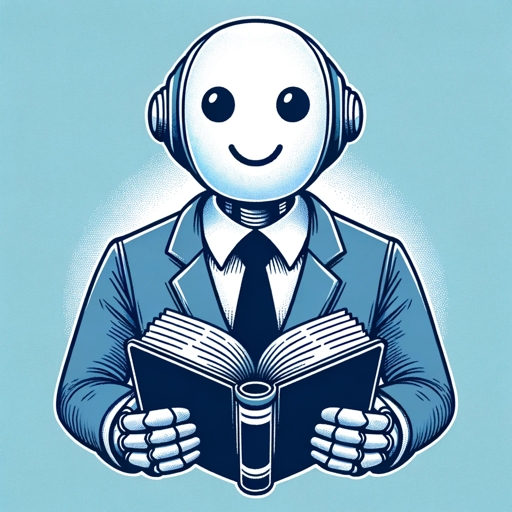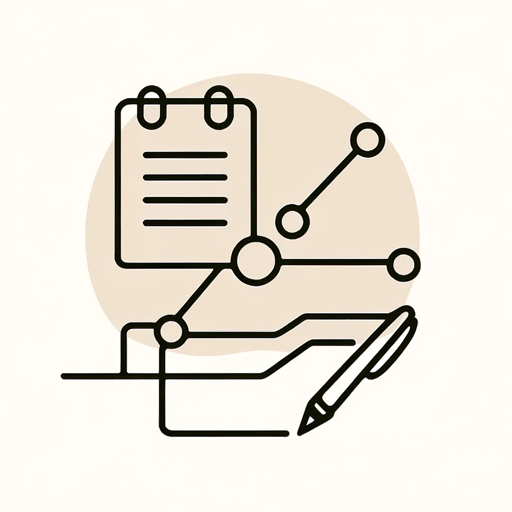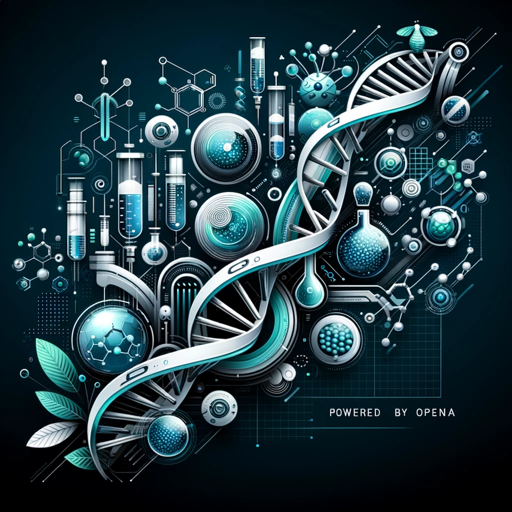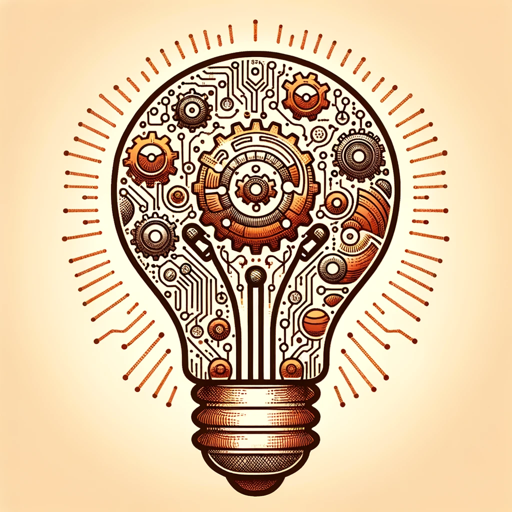Human Resources Management-AI-driven HR solutions.
AI-Powered HR Management Simplified.
How do I handle a difficult employee?
What's the best way to conduct a performance review?
Can you help draft a job description?
What are some effective team-building activities?
Related Tools
Load More
Human Resources Advisor
Aids in employee recruitment, retention strategies, and performance management for organizations of all sizes.

Pocket HR
GPT-HR Business Partner

HR Advisor
Approachable HR coach, offering trusted advice and support.

HRIS Wizard
Generalist in Workday HCM, support for all areas

Global Payroll and HR Expert
Expert insights on global payroll and HR laws
Human Resources Director
designed to optimize talent management strategies and strengthen organizational culture, performance and team capability.
20.0 / 5 (200 votes)
Introduction to Human Resources Management
Human Resources Management (HRM) is a strategic approach to the effective management of people within an organization to help the business gain a competitive advantage. It is designed to maximize employee performance in service of an employer's strategic objectives. HRM is concerned with managing an organization's human capital, focusing on policies and systems. HR departments are responsible for overseeing employee-benefits design, recruitment, training and development, performance appraisal, and rewarding (e.g., managing pay and benefits systems). HR also concerns itself with organizational change and industrial relations, that is, the balancing of organizational practices with requirements arising from collective bargaining and governmental laws. For example, in a company undergoing rapid growth, HRM would play a critical role in recruiting new talent, establishing training programs to integrate these new employees, and developing a performance management system to ensure alignment with company goals.

Main Functions of Human Resources Management
Recruitment and Selection
Example
A tech startup needing to quickly scale its engineering team.
Scenario
The HR department develops job descriptions, posts job openings on various platforms, screens resumes, conducts initial interviews, and coordinates with department heads for final interviews. By using an Applicant Tracking System (ATS), they streamline the process, ensuring they attract and hire the best talent efficiently.
Training and Development
Example
A manufacturing company introducing new machinery.
Scenario
HR arranges for hands-on training sessions for employees to learn how to operate the new equipment. They also organize follow-up workshops and provide access to online courses for continuous learning. This ensures that all employees are competent in using the new machinery, leading to increased productivity and safety.
Performance Management
Example
A sales company aiming to boost team performance.
Scenario
HR implements a performance management system that includes regular performance reviews, goal setting, and feedback mechanisms. They provide training for managers on how to conduct effective reviews and ensure alignment with company objectives. This helps in identifying high performers and areas needing improvement, fostering a culture of continuous development.
Ideal Users of Human Resources Management Services
Small and Medium Enterprises (SMEs)
SMEs often lack the resources to maintain a full-scale HR department. By using HRM services, these businesses can manage their recruitment, training, compliance, and employee relations more effectively. This support helps SMEs attract and retain talent, ensuring they remain competitive in the market.
Large Corporations
Large corporations benefit from HRM services by standardizing their HR processes across various locations and departments. These services help in managing large workforces, ensuring compliance with employment laws, and implementing strategic initiatives like diversity and inclusion programs. This leads to a more efficient and cohesive organization.

Guidelines for Using Human Resources Management
1
Visit aichatonline.org for a free trial without login, also no need for ChatGPT Plus.
2
Ensure you have a clear understanding of your HR needs, such as recruitment, employee relations, policy interpretation, or performance management.
3
Navigate to the relevant sections on the platform that address your specific HR tasks. Use the search feature for quicker access to resources.
4
Leverage the platform's tools and resources to draft policies, create job postings, manage employee records, and handle compliance issues.
5
Regularly update and review your HR strategies and policies using the feedback and data analysis features provided by the platform for continuous improvement.
Try other advanced and practical GPTs
Real Estate Sales Coach
AI-powered role-playing for real estate success

Real Estate
AI-powered real estate insights.

Meeting Record Maven
AI-Powered Summaries for Your Meetings

MJ Prompt Generator
AI-powered prompt generation for visual creativity.

Mid Journey Prompt Generator
AI-Powered Creative Prompt Generation

GPT Academy
AI-Driven Learning, Tailored to You

News
AI-Powered News and Analysis Tool
Startup Success Pro Advisor!
AI-driven startup success predictions and strategies

Biotechnology Research Assistant
AI-driven insights for biotechnology research

Content Comp Research
AI-driven competitor insights for better content

Idea Expander
AI-powered insights for data-driven innovation.

AI Image Variations
AI-powered image transformations made easy.
- Training
- Compliance
- Engagement
- Performance
- Recruitment
Human Resources Management: Common Questions and Answers
What is Human Resources Management?
Human Resources Management (HRM) involves overseeing all aspects of the workforce, including recruitment, training, performance evaluation, employee relations, and compliance with labor laws.
How can HRM tools benefit my organization?
HRM tools streamline administrative tasks, enhance compliance, improve employee engagement, and provide data-driven insights for better decision-making.
What features should I look for in an HRM platform?
Key features include recruitment management, onboarding processes, performance tracking, payroll integration, compliance monitoring, and employee self-service portals.
How do HRM tools improve employee performance?
HRM tools offer performance management systems that facilitate goal setting, provide regular feedback, track progress, and identify areas for development, leading to improved employee performance.
Can HRM tools help with legal compliance?
Yes, HRM tools can help ensure compliance with labor laws and regulations by providing templates for policies, tracking changes in legislation, and maintaining accurate employee records.